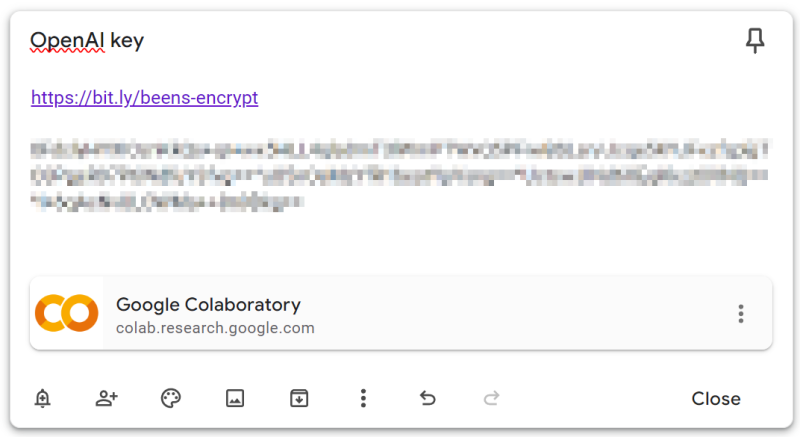
I had a problem where I was opening about a dozen bookmarks at the same time in Brave, and in doing so, it was giving me a “503 Service Temporarily Unavailable” error.
To fix this, I turned to Copilot Pro with this prompt:
Write a Python program that opens in my web browser (using Django?) that has a list of URLs that it opens in new tabs with a pause of 0.5 seconds between them. For the initial URLs, use Google and Microsoft.
Continue reading “Using Python To Quickly Open Multiple Websites In Your Browser”



